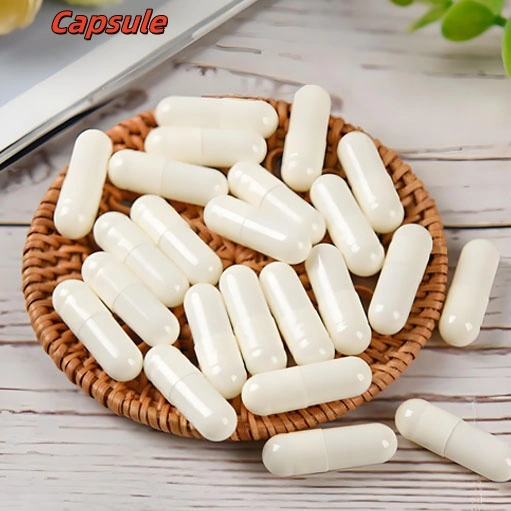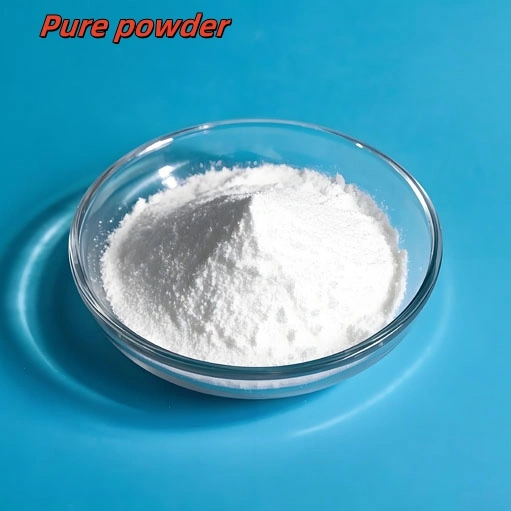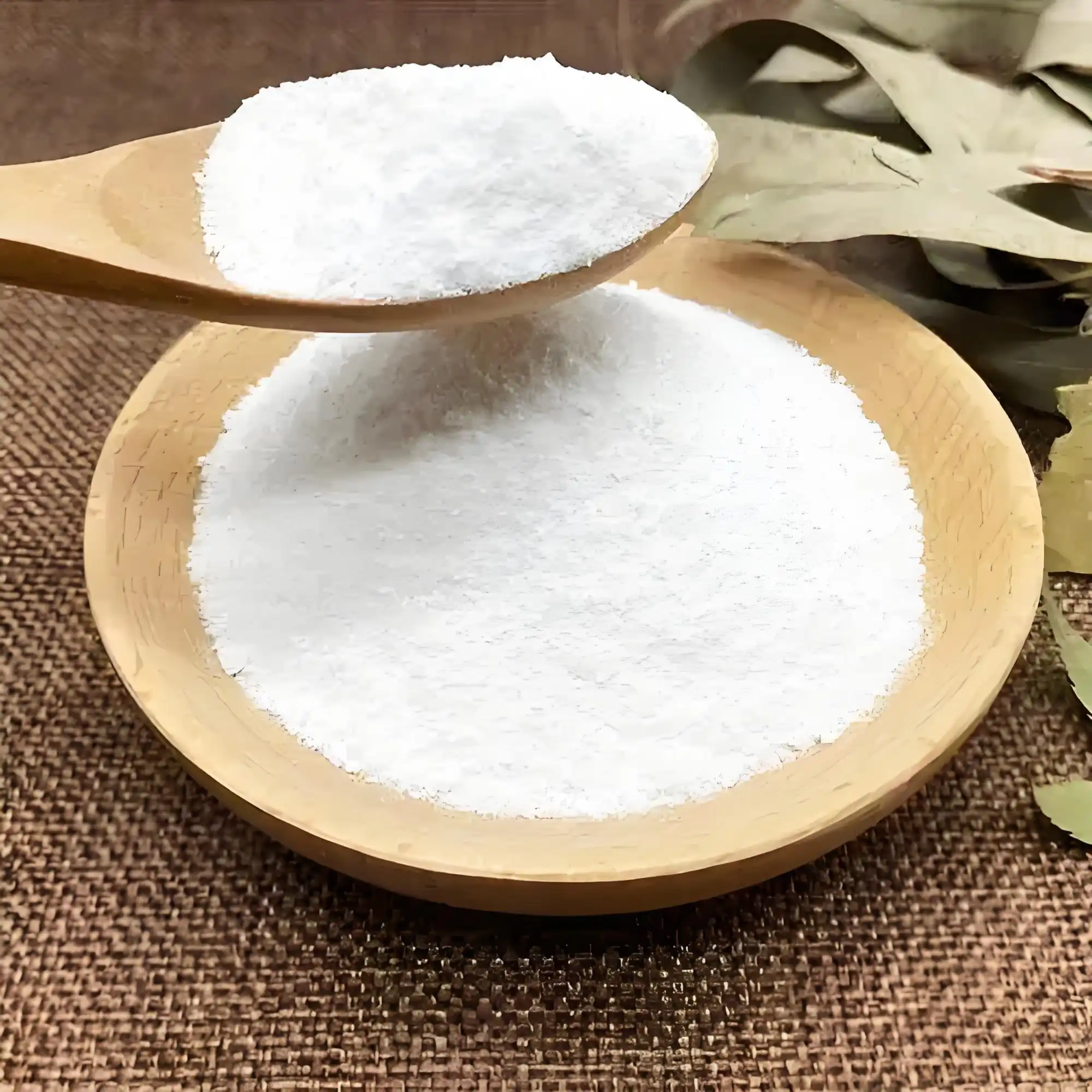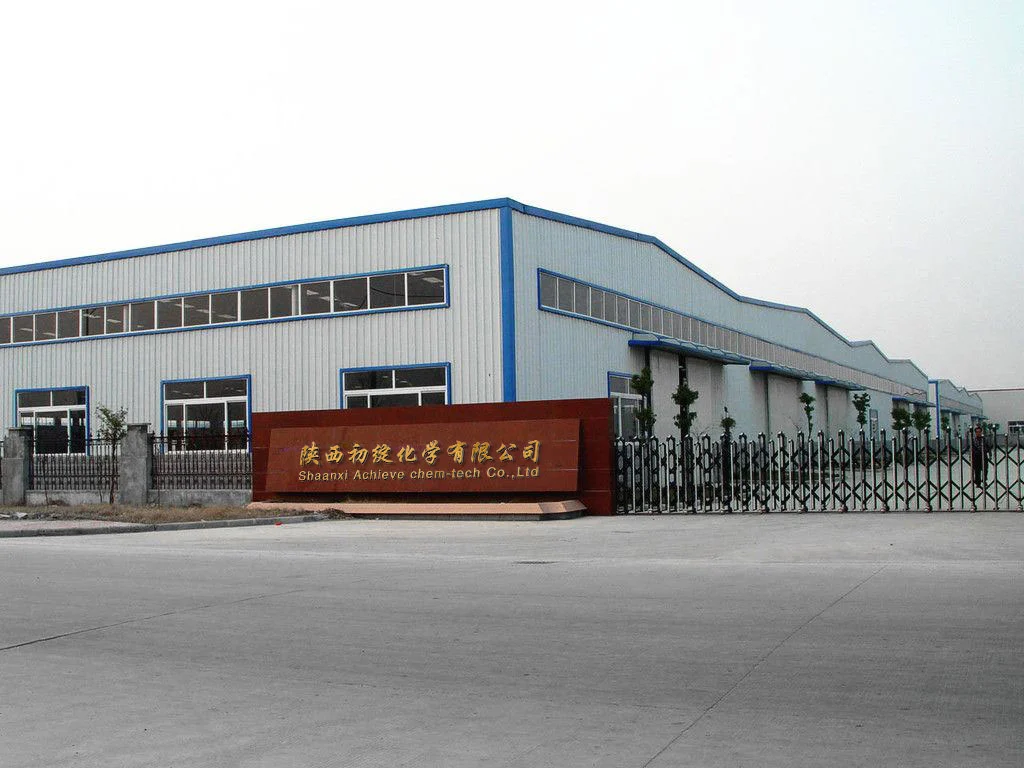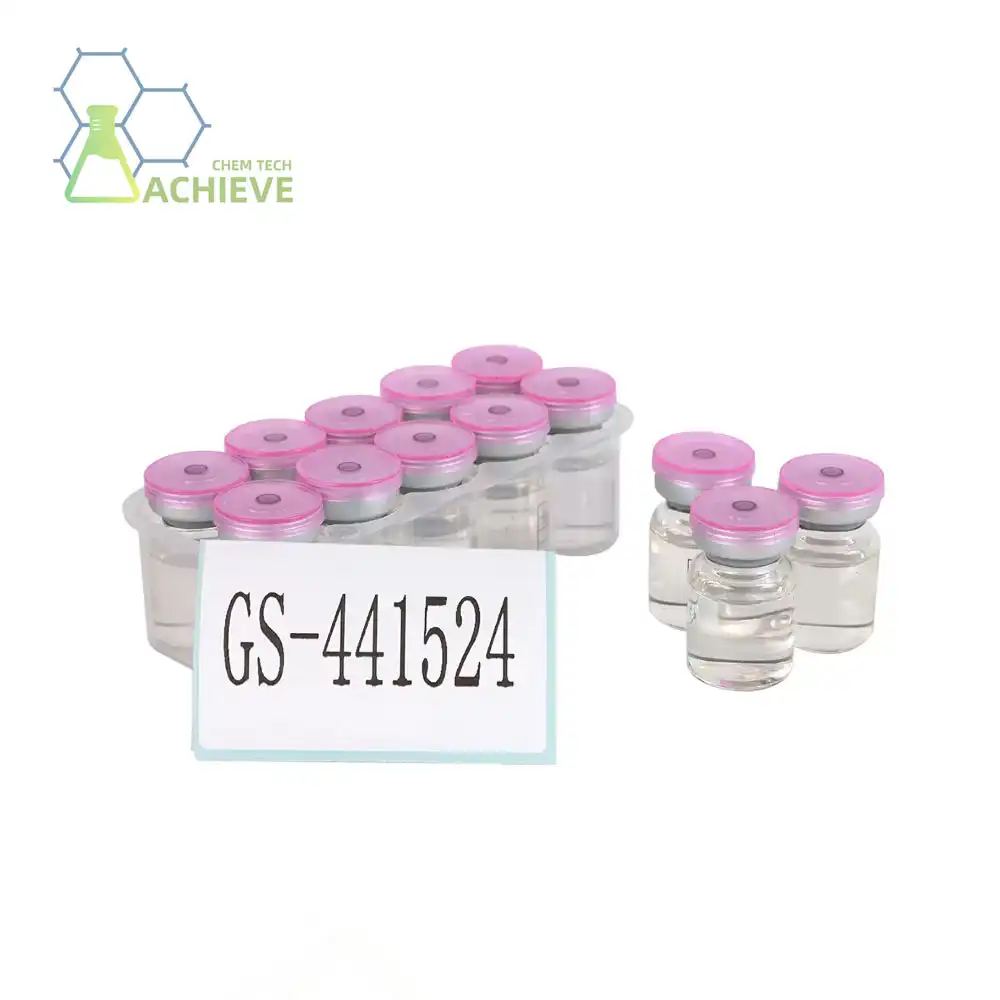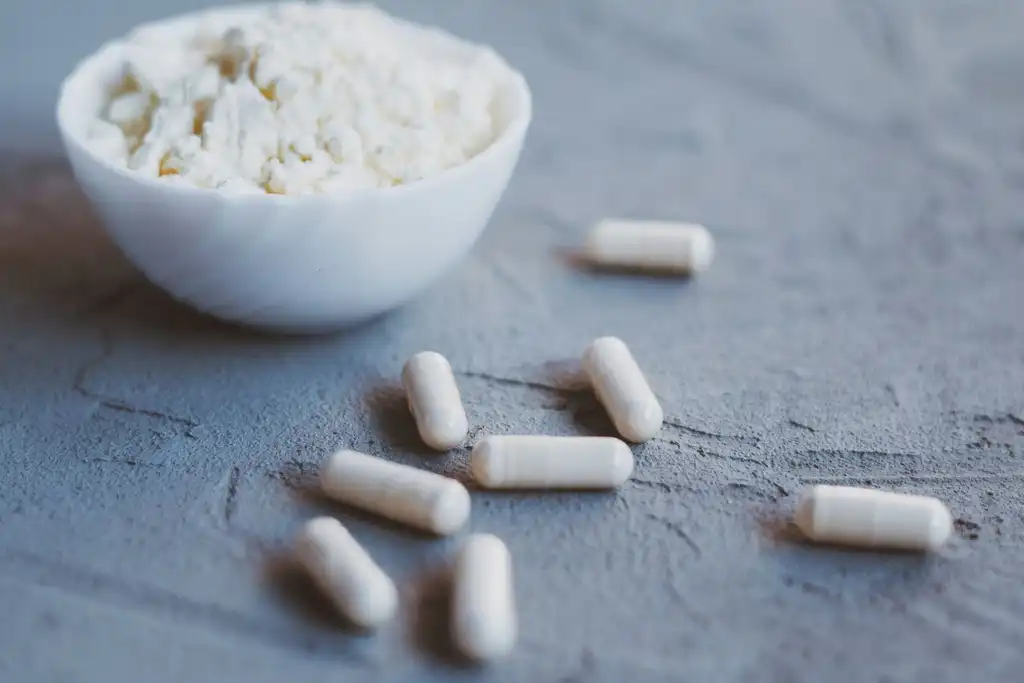Polyamine interconversion
The metabolic journey of spermidine begins with polyamine interconversion, a complex process that involves the transformation of different polyamines. Spermidine is synthesized from putrescine, another polyamine, through the addition of an aminopropyl group. This reaction is catalyzed by spermidine synthase, a key enzyme in the polyamine biosynthetic pathway.
Interestingly, spermidine can also be converted back to putrescine through a process called seroconversion. This bidirectional interconversion allows cells to maintain a delicate balance of polyamines, which is crucial for optimal cellular function. The enzyme spermidine/spermine N1-acetyltransferase (SSAT) plays a pivotal role in this retroconversion process, facilitating the acetylation of spermidine as a precursor to its conversion back to putrescine.
Moreover, spermidine can be further converted to spermine, a higher polyamine, through the action of spermine synthase. This step-wise conversion of putrescine to spermidine and then to spermine represents the core of polyamine metabolism, showcasing the interconnected nature of these vital molecules.
The intricate balance maintained through polyamine interconversion has far-reaching implications for cellular health. Disruptions in this balance have been linked to various pathological conditions, including cancer and neurodegenerative diseases. As such, understanding and potentially modulating these interconversion pathways could open up new avenues for therapeutic interventions.
Acetylation and oxidation
Beyond interconversion, spermidine undergoes several other metabolic transformations, with acetylation and oxidation being two key processes. These modifications play crucial roles in regulating spermidine levels and function within cells.
Acetylation of spermidine, catalyzed by the aforementioned SSAT enzyme, is a critical step in polyamine catabolism. This process not only facilitates the retroconversion of spermidine to putrescine but also marks spermidine for export from cells. Acetylated spermidine can be excreted from cells more readily than its non-acetylated counterpart, providing an important mechanism for regulating intracellular spermidine levels.
The importance of acetylation in spermidine metabolism cannot be overstated. Overexpression of SSAT has been shown to dramatically alter polyamine levels and has been implicated in various physiological and pathological processes. For instance, increased SSAT activity has been observed in certain types of cancer, suggesting a potential role for this enzyme in tumor progression.
Oxidation represents another crucial pathway in spermidine metabolism. Spermidine can be oxidized by various enzymes, including polyamine oxidase (PAO) and spermine oxidase (SMO). These oxidation reactions not only contribute to the regulation of spermidine levels but also generate byproducts that can have significant biological effects, including the spermidine effect on oxidative stress.
For example, the oxidation of spermidine by PAO produces hydrogen peroxide, a reactive oxygen species that can contribute to oxidative stress. However, it's worth noting that the effects of spermidine are often considered beneficial, with studies suggesting that it may help combat oxidative stress through other mechanisms.
The interplay between acetylation and oxidation pathways provides cells with a sophisticated system for fine-tuning spermidine levels. This regulation is crucial, as both excess and deficiency of spermidine can have detrimental effects on cellular function. Understanding these pathways could potentially lead to the development of targeted interventions to modulate spermidine levels for therapeutic purposes.
Tissue-specific metabolism
While the core pathways of spermidine metabolism are conserved across different cell types, there are notable variations in how these pathways operate in different tissues. This tissue-specific metabolism of spermidine adds another layer of complexity to our understanding of polyamine biology.
|
|
|
|
In the liver, for instance, spermidine metabolism is particularly active. The liver plays a central role in polyamine homeostasis, not only synthesizing spermidine for its own needs but also supplying it to other tissues. The high metabolic activity in liver cells necessitates robust mechanisms for regulating spermidine levels, including enhanced expression of enzymes involved in polyamine synthesis and catabolism.
Contrastingly, the brain exhibits a unique pattern of spermidine metabolism. The blood-brain barrier limits the influx of polyamines from the circulation, making local synthesis particularly important. Neurons and glial cells have been shown to express polyamine synthetic enzymes, allowing them to produce spermidine independently. This local production is crucial for maintaining neuronal function, as spermidine has been implicated in various aspects of brain health, including neuroprotection and cognitive function.
The gastrointestinal tract represents another site of significant spermidine metabolism. Not only do intestinal cells engage in polyamine synthesis and catabolism, but they also absorb spermidine from dietary sources. This dual source of spermidine – endogenous synthesis and dietary intake – makes the gut a critical player in overall polyamine homeostasis.
Interestingly, the microbiome also contributes to spermidine metabolism in the gut. Certain gut bacteria have been shown to produce spermidine, potentially influencing local polyamine levels and contributing to the beneficial effects associated with spermidine supplement.
In reproductive tissues, spermidine metabolism takes on yet another unique profile. Testes, for example, exhibit high levels of polyamine synthesis to support spermatogenesis. The prostate gland is also known for its high polyamine content, with alterations in polyamine metabolism being linked to prostatic diseases.
Understanding these tissue-specific variations in spermidine metabolism is crucial for several reasons. First, it helps explain why certain tissues may be more susceptible to disruptions in polyamine homeostasis. Second, it provides insights into how systemic interventions, such as dietary spermidine supplementation, might differentially affect various organs and tissues. Lastly, it opens up possibilities for tissue-specific therapeutic strategies that target polyamine metabolism in a more nuanced manner.
The complexity of tissue-specific spermidine metabolism underscores the need for continued research in this area. As our understanding of these pathways deepens, we may uncover new targets for therapeutic intervention and gain further insights into the role of spermidine in health and disease.
Conclusion
The metabolic pathways of spermidine are intricate and multifaceted, involving complex interconversions, modifications, and tissue-specific variations. From polyamine interconversion to acetylation and oxidation, each pathway plays a crucial role in maintaining the delicate balance of spermidine within our cells. The tissue-specific metabolism of spermidine adds another layer of complexity, highlighting the need for nuanced approaches in harnessing its potential health benefits.
As research in this field continues to evolve, our understanding of spermidine metabolism will undoubtedly deepen, potentially uncovering new therapeutic avenues. The growing interest in spermidine supplementation and its effects on health and longevity makes this area of study particularly exciting and relevant.
For those in the pharmaceutical, polymer, plastics, paints and coatings, water treatment, oil and gas, or specialty chemicals industries, understanding the intricacies of spermidine metabolism could be invaluable. Whether you're exploring long-term contracts for bulk chemical purchasing or seeking innovative solutions for your industry, the potential applications of spermidine and related compounds are vast.
If you're interested in learning more about spermidine or other chemical products, we invite you to reach out to Shaanxi BLOOM TECH Co., Ltd. With our state-of-the-art GMP-certified production facilities and expertise in various chemical reactions and purification methods, we're well-equipped to meet your specific needs. For more information or to discuss potential collaborations, please don't hesitate to contact us at Sales@bloomtechz.com. Let's explore how we can work together to advance your research or industrial applications in the fascinating world of spermidine and beyond.
References
1. Miller-Fleming, L., et al. (2015). Remaining Mysteries of Molecular Biology: The Role of Polyamines in the Cell. Journal of Molecular Biology, 427(21), 3389-3406.
2. Pegg, A. E. (2016). Functions of Polyamines in Mammals. Journal of Biological Chemistry, 291(29), 14904-14912.
3. Madeo, F., et al. (2018). Spermidine in health and disease. Science, 359(6374), eaan2788.
4. Casero, R. A., et al. (2018). Polyamine metabolism and cancer: treatments, challenges, and opportunities. Nature Reviews Cancer, 18(11), 681-695.
